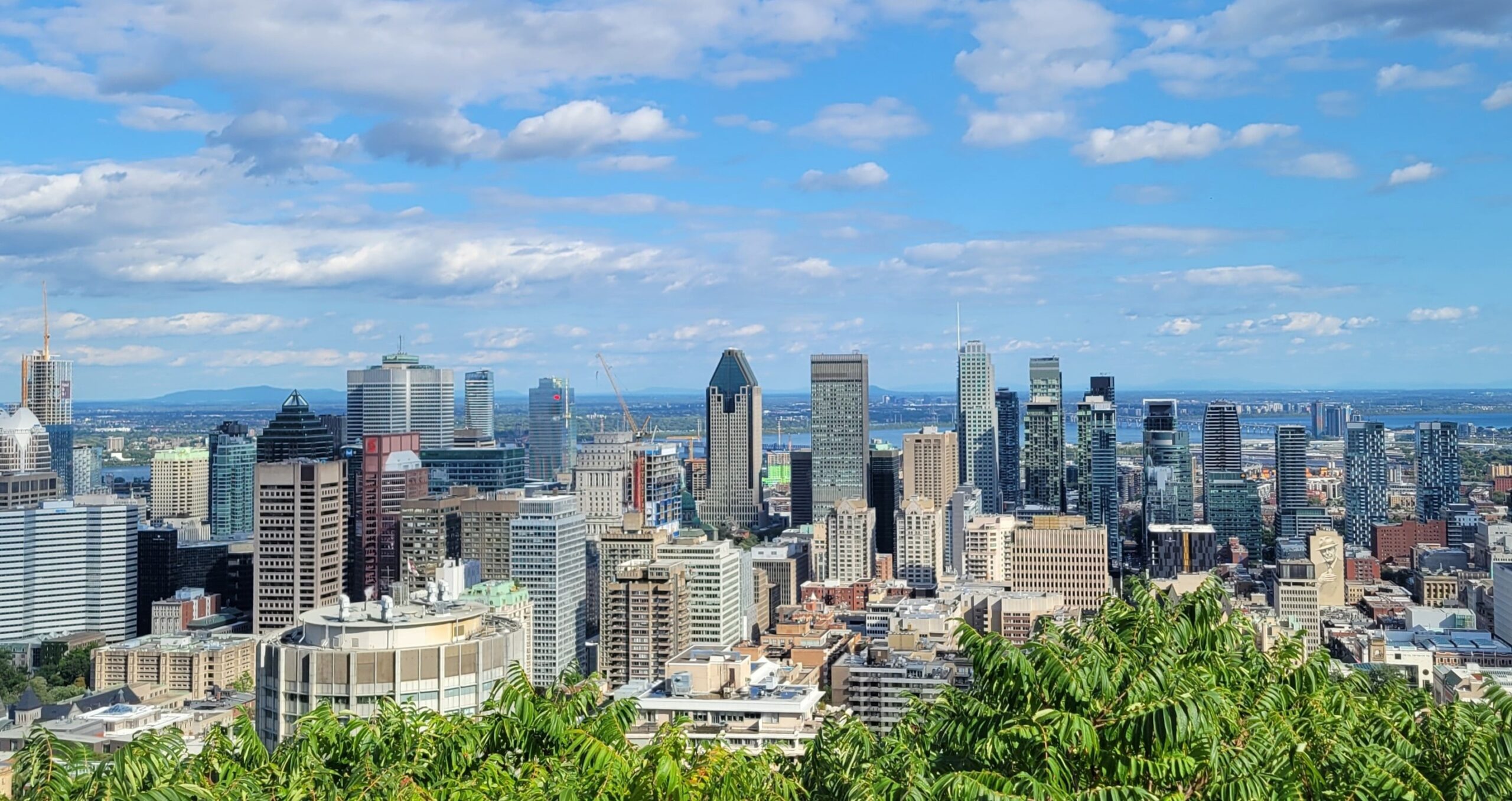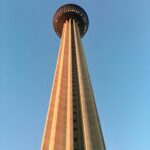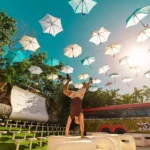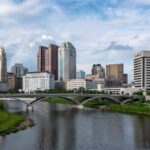Quick Bits:
Montréal is a city that dances to the rhythm of creativity and culture. As the largest city in Québec and the second-largest in Canada, it offers a magnetic pull for travelers. French is the soul of the city, but English thrives as well, making Montréal one of North America’s few truly bilingual hubs. From cobblestone alleys to cutting-edge architecture, Montréal bridges the past and the future effortlessly.
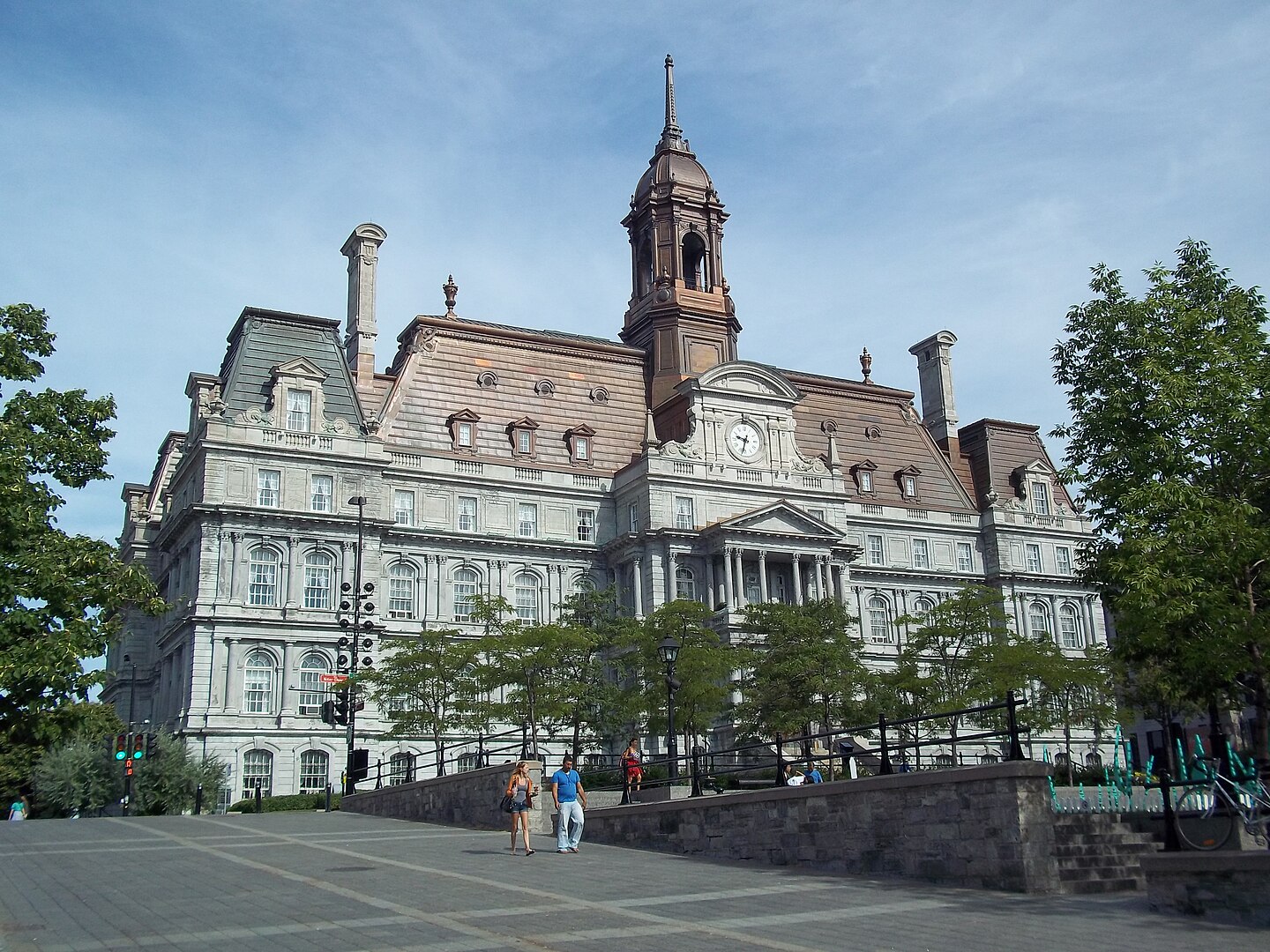
Image by: Jeangagnon – Via Wikipedia
Key Highlights
-
Vibrant cultural blend of old-world charm and modern energy
-
Island city surrounded by the St. Lawrence River
-
Renowned for festivals, gastronomy, and bilingual charm
-
Home to iconic sites like Old Montréal and Mount Royal
-
Offers distinct seasons, each with unique experiences.
General Information
Founded in 1642, Montréal started as a fur trading post and grew into a vibrant metropolis. Its economy thrives on aerospace, tech, education, tourism, and arts. The city has hosted global events such as Expo 67 and the 1976 Summer Olympics, etching itself into the world stage.
- Country: Canada
- Province: Québec
- Population: Approximately 1.8 million (city), 4.2 million (metro area)
- Language: French (official), English widely spoken
- Currency: Canadian Dollar (CAD)
- Time Zone: Eastern Standard Time (EST)
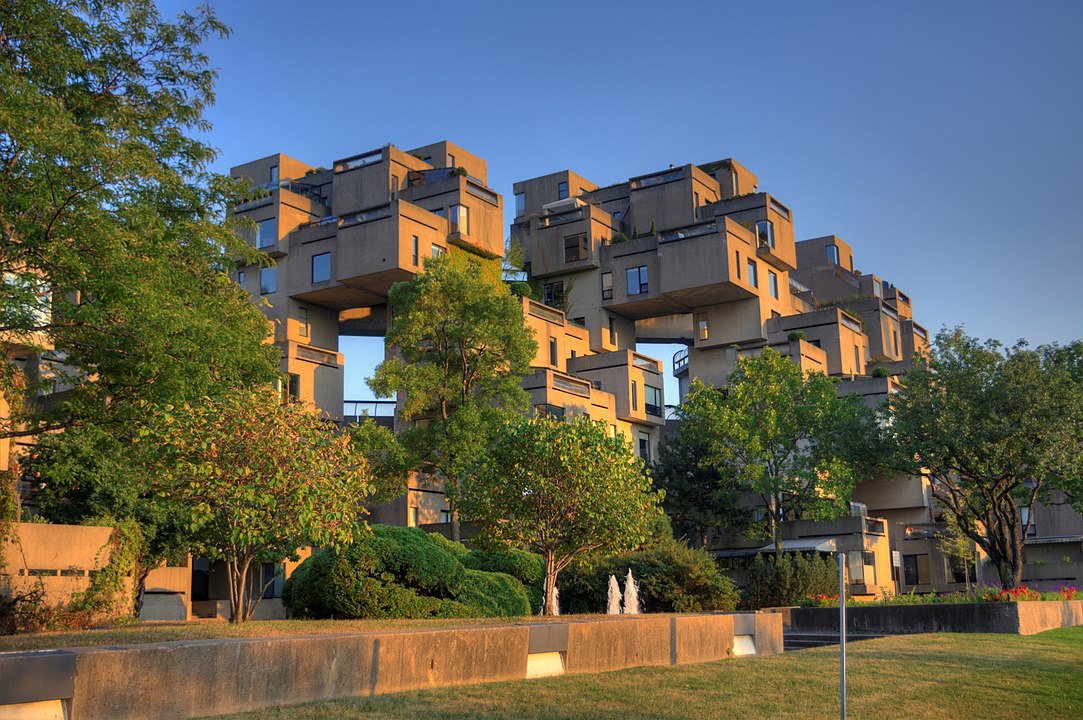
Image by: Sylvain Pastor- Via Wikipedia
Geography Information
Montréal sits on an island in the St. Lawrence River. Its name comes from Mount Royal, the triple-peaked hill at its center. The island spans about 50 kilometers in length and 16 kilometers in width. It includes parks, neighborhoods, riverside promenades, and hiking trails.
The surrounding river provides both beauty and function. Ferries, ships, and occasional ice floes define the scenery. Bridges and tunnels link the island to its suburbs and neighboring cities. The terrain rolls gently, with downtown hugging the southern slope of Mount Royal.
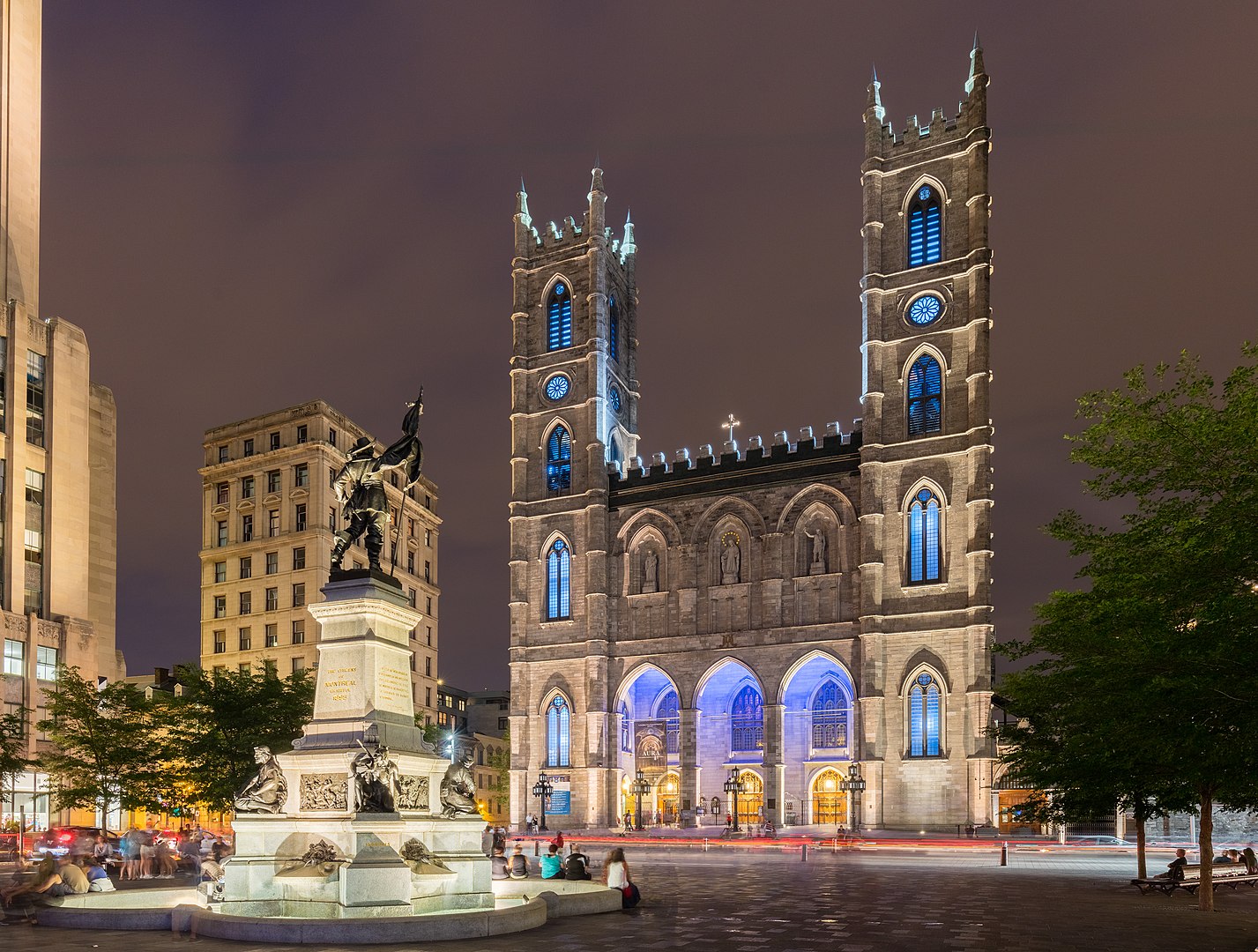
Image by: Diego Delso- Via Wikipedia
Places to Visit
1. Old Montréal (Vieux-Montréal)
Wander cobblestone streets and admire 17th-century architecture. Sites include Notre-Dame Basilica, Place Jacques-Cartier, and the Old Port.
2. Mount Royal Park
Designed by Frederick Law Olmsted, this lush urban park offers views, trails, and peaceful escapes. The Kondiaronk Belvedere is a favorite lookout point.
3. Museum of Fine Arts
Houses Canadian and international art. Features rotating exhibitions and educational programs.
4. Jean-Talon Market
A sensory feast of colors, flavors, and local produce. One of North America’s largest public markets.
5. Biodôme and Botanical Garden
Explore replicas of ecosystems and extensive floral collections. Ideal for families and nature lovers.
6. Plateau Mont-Royal
A bohemian neighborhood brimming with street art, cafes, and vintage shops. Full of color and personality.
7. Sainte-Catherine Street
A retail and entertainment artery. Home to major stores, bars, and theaters.
8. Underground City (Réso)
Spans over 30 kilometers of tunnels. Connects shopping centers, hotels, and transit systems. Popular in winter.
9. Saint Joseph’s Oratory
Canada’s largest church. Sits atop Mount Royal. Offers panoramic views and spiritual solace.
10. La Ronde Amusement Park
A Six Flags park that delights with roller coasters and family attractions during summer months.
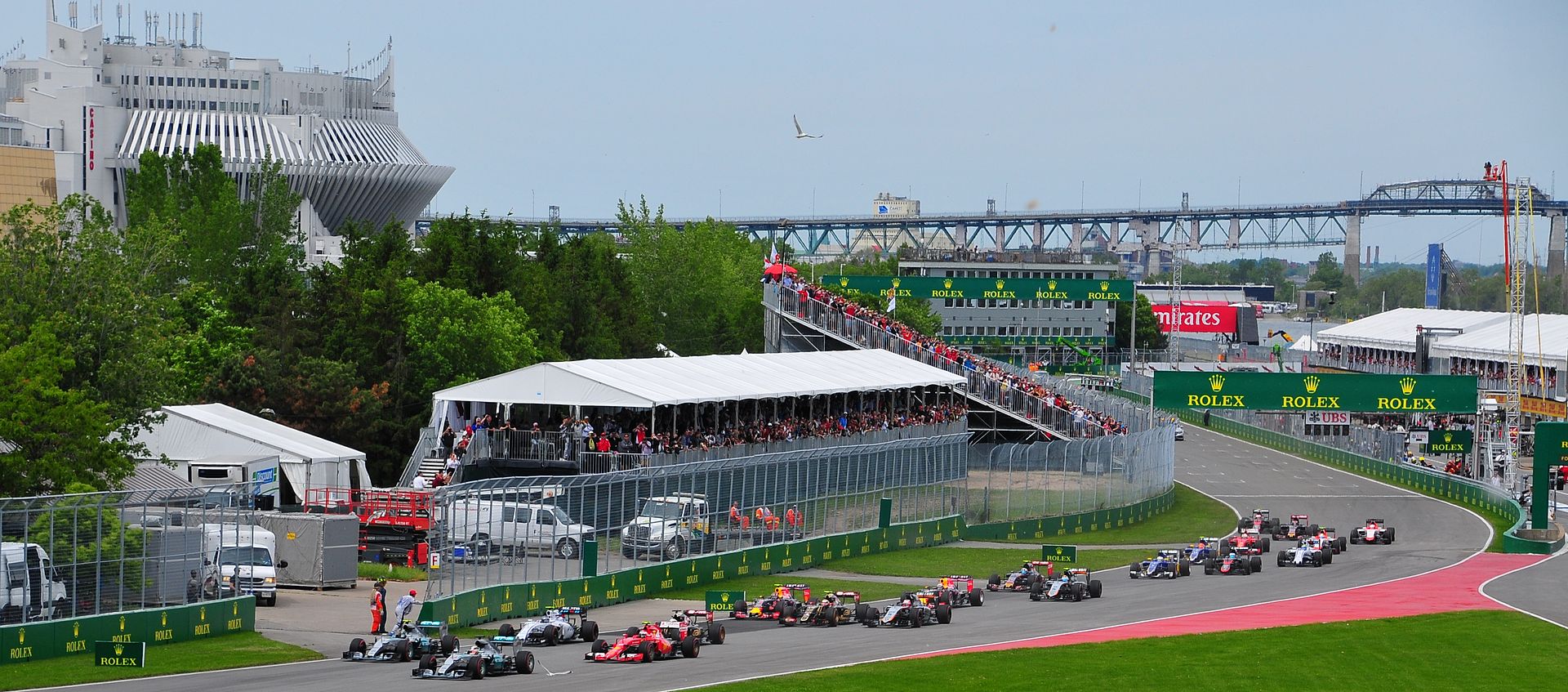
Image by: ericok – Via Wikipedia
Yearly Climate
Montréal showcases the full swing of seasons:
- Winter (Dec to Feb): Cold with snow, temperatures often below freezing. Ice skating and winter festivals peak here.
- Spring (Mar to May): Mild with blooming trees. Rain is common, but so is sunshine.
- Summer (Jun to Aug): Warm and festive. Average highs around 26°C. Outdoor cafes and street performances flourish.
- Fall (Sep to Nov): Crisp air and colorful leaves. Great for walking tours and scenic drives.
Prepare for weather shifts. Layering is key. From snow boots to flip-flops, Montréal’s wardrobe changes quickly.
Best Time of Year to Visit
June to September is ideal for warm-weather lovers. Festivals like Jazz Fest, Just for Laughs, and Osheaga bring streets to life. Patios open. Music echoes through parks. Biking along Lachine Canal becomes a favorite pastime.
Late September to October appeals to those seeking fall colors and fewer crowds. Mont Royal becomes a canvas of reds, oranges, and golds.
December holds a different kind of charm. Holiday markets, snowy streets, and cozy cafes turn the city into a winter postcard. Activities like ice skating at Parc La Fontaine or exploring the holiday displays at Complexe Desjardins attract both locals and visitors.
Each season holds magic. Pick based on what sparks your curiosity.
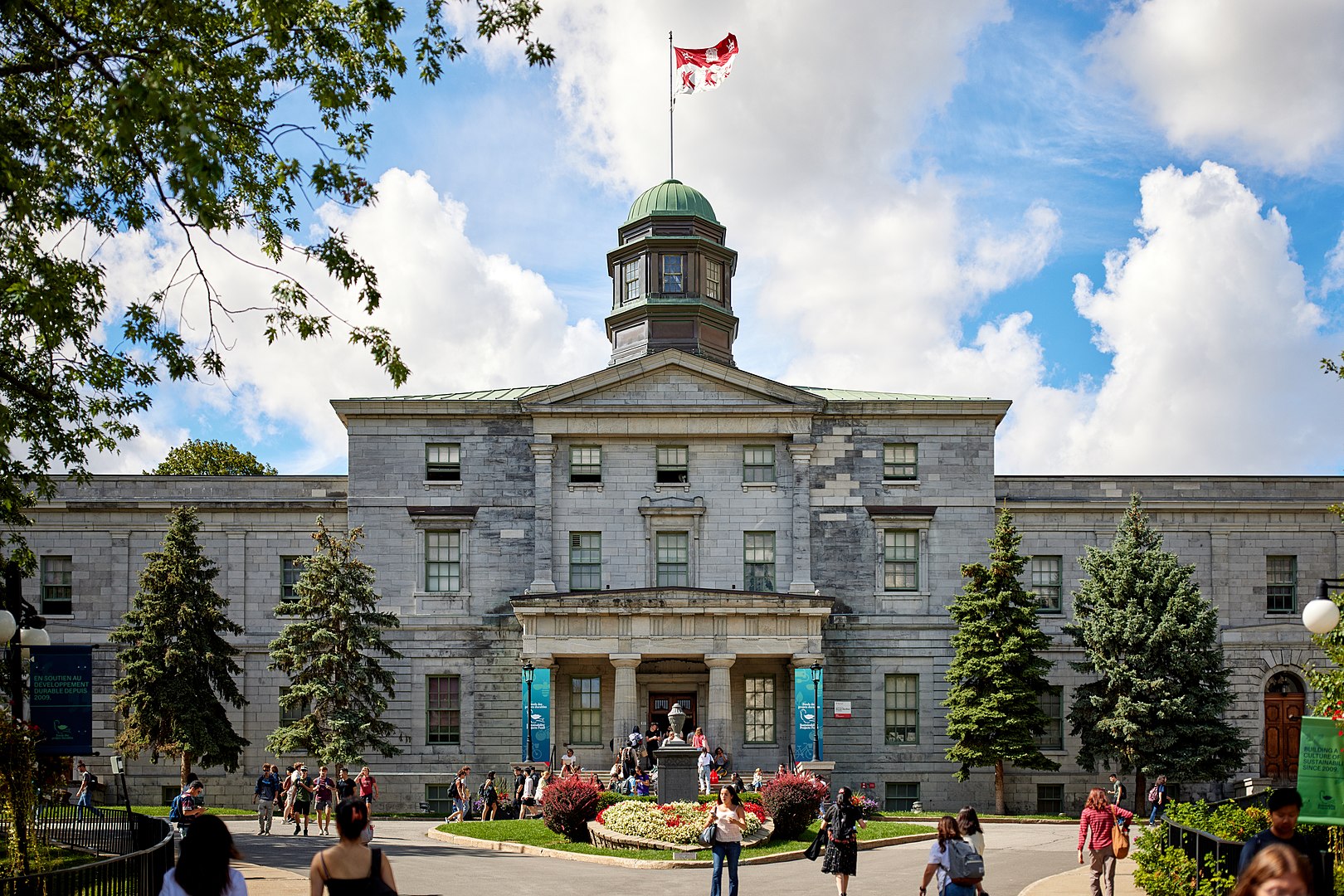
Image by: Benjamin Miller – Via Wikipedia
In Summary…
Montréal mixes French elegance with North American innovation. It welcomes visitors into a world of contrasts. Historical buildings rest beside gleaming towers. Traditional bagels share menus with fusion poutine. Languages mix in conversation. The spirit of Montréal lies in its diversity, rhythm, and open arms.
Whether for art, food, festivals, or scenic strolls, this city leaves a mark. A walk through Old Montréal or a night on Sainte-Catherine Street shows why so many fall for it. It offers the buzz of a metropolis wrapped in the warmth of a village.
Go once and you’ll carry its melody with you.

